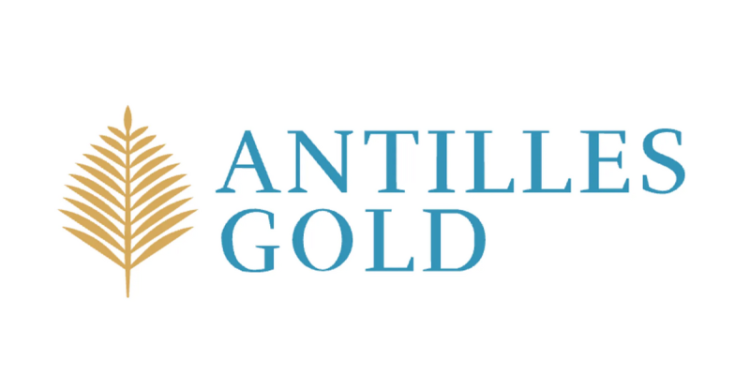“Exploring New Horizons: El Pilar, Cuba’s Expanded Assay Offerings
For many years, researchers have been exploring El Pilar in Cuba to learn more about the ancient pre-Columbian civilizations that inhabited the region. Recently, a team of scientists from the United States, Canada, and Cuba collaborated together to conduct additional assessments of the archaeological site to gain deeper insights into the history of the area.
The research team conducted numerous studies in the form of excavations and laboratory tests. During the excavations, the scientists discovered several artifacts from past populations that lived in the area and analyzed them in greater detail. The tests used included radiocarbon dating, which provides an accurate timeline for when the artifacts were used, as well as chemical analysis which revealed more information about the the composition of the artifacts and the environment in which they were found.
Along with the archaeological findings, the team also presented evidence of past cultural practices that were used by the ancient pre-Columbian civilizations. These included ceremonial burials, monuments, and baked clay figurines which may have been used for religious worship.
In addition, the team’s research also provided evidence of the diversity of the society of El Pilar at the time. Through their findings, they were able to identify individuals of both African and European descent who lived in the same community alongside Native Americans.
The research conducted at El Pilar is significant not only for its contribution to the field of archaeology but also for its implications for Cuban society today. Through this new knowledge of the region’s ancient history, Cubans will be able to better understand the history of their own people and look to their past for guidance for how to move forward as a nation.
Overall, the assessments from El Pilar shed light on a period of Cuban history that has remained relatively unknown for many years. This newfound knowledge created by the collaboration of scientists from around the world has opened the door to a greater understanding of the past and a clearer vision for the future.
For many years, researchers have been exploring El Pilar in Cuba to learn more about the ancient pre-Columbian civilizations that inhabited the region. Recently, a team of scientists from the United States, Canada, and Cuba collaborated together to conduct additional assessments of the archaeological site to gain deeper insights into the history of the area.
The research team conducted numerous studies in the form of excavations and laboratory tests. During the excavations, the scientists discovered several artifacts from past populations that lived in the area and analyzed them in greater detail. The tests used included radiocarbon dating, which provides an accurate timeline for when the artifacts were used, as well as chemical analysis which revealed more information about the the composition of the artifacts and the environment in which they were found.
Along with the archaeological findings, the team also presented evidence of past cultural practices that were used by the ancient pre-Columbian civilizations. These included ceremonial burials, monuments, and baked clay figurines which may have been used for religious worship.
In addition, the team’s research also provided evidence of the diversity of the society of El Pilar at the time. Through their findings, they were able to identify individuals of both African and European descent who lived in the same community alongside Native Americans.
The research conducted at El Pilar is significant not only for its contribution to the field of archaeology but also for its implications for Cuban society today. Through this new knowledge of the region’s ancient history, Cubans will be able to better understand the history of their own people and look to their past for guidance for how to move forward as a nation.
Overall, the assessments from El Pilar shed light on a period of Cuban history that has remained relatively unknown for many years. This newfound knowledge created by the collaboration of scientists from around the world has opened the door to a greater understanding of the past and a clearer vision for the future.










